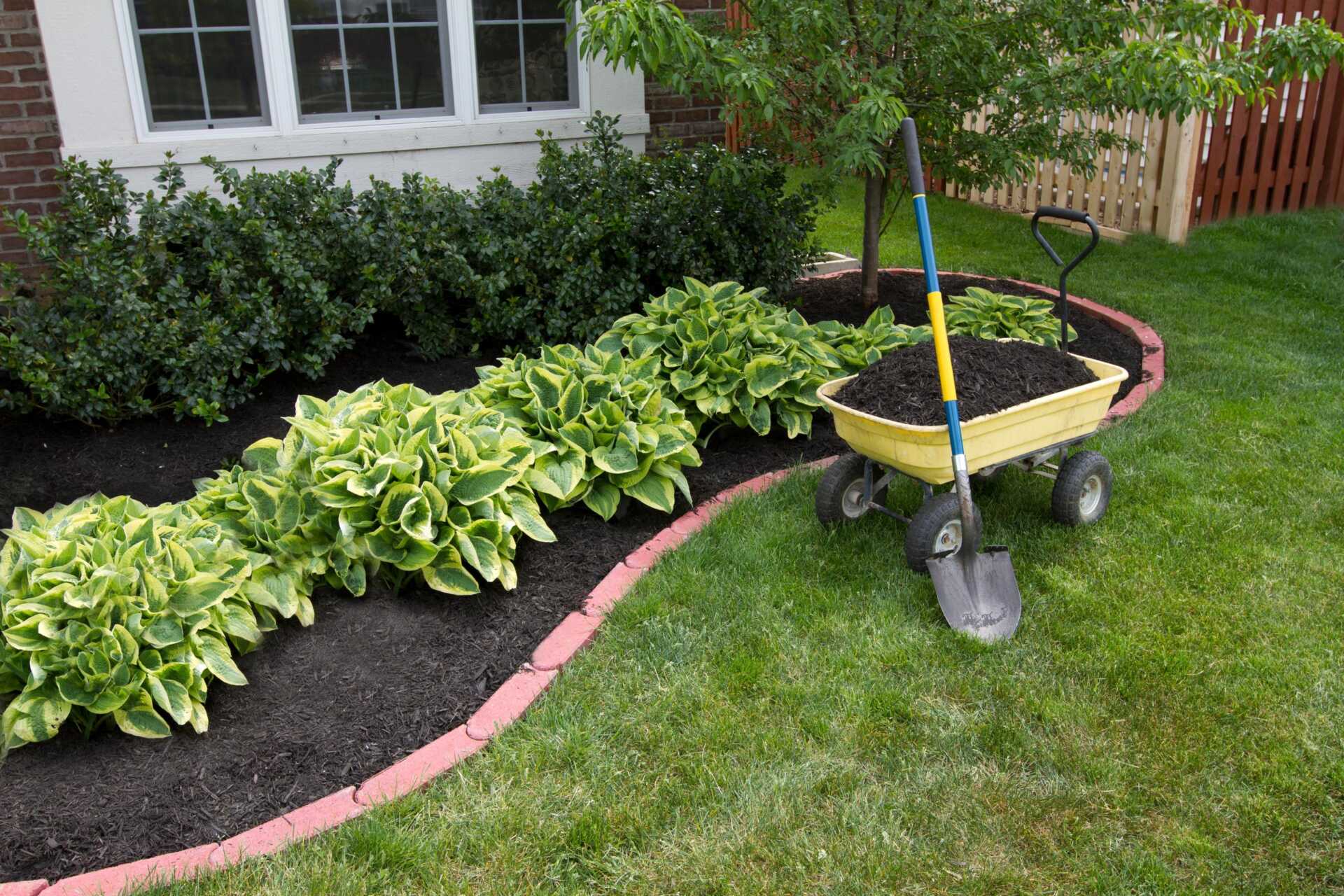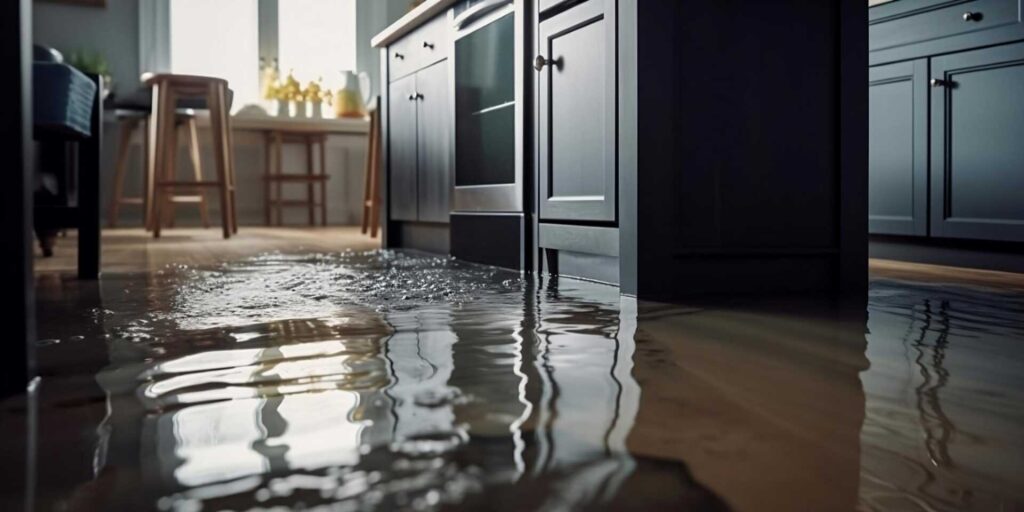Contents
When it comes to maintaining your backyard oasis, a little knowledge and effort can go a long way. By exploring practical DIY techniques, you can save costs while enhancing your outdoor space’s beauty. From simple tricks to more advanced strategies, there are numerous ways to tackle maintenance tasks efficiently and economically. So, why not explore how a few smart choices and handy tips can transform your backyard into a budget-friendly haven that you’ll be proud of?
Benefits of DIY Backyard Maintenance
Taking care of your backyard by yourself can bring multiple advantages. By dedicating time to upkeep your outdoor area, you create a lovely environment for yourself and also enhance the overall attractiveness of your community. Engaging in DIY backyard maintenance allows you to experience a sense of pride and achievement as you observe the transformation of your space into a lively and inviting area.
One significant benefit of looking after your backyard is the opportunity for physical activity. Gardening, mowing the lawn, and tidying up debris all require movement and can serve as a form of exercise. This physical activity benefits your health and offers a sense of satisfaction from participating in productive work.
Furthermore, DIY backyard maintenance can be a therapeutic activity. Spending time outdoors, breathing in fresh air, and connecting with nature have been shown to reduce stress and improve mental well-being. The act of caring for your backyard can serve as a form of meditation, allowing you to concentrate on the task at hand and clear your mind of distractions.
Additionally, maintaining your backyard yourself can save you money in the long term. By learning how to care for your plants, trees, and lawn, you can avoid the costs associated with hiring professional landscapers. This sense of self-reliance and independence can be enriching and fulfilling.
Essential Tools for Backyard Care
To effectively maintain your backyard, you need to equip yourself with essential garden tools like pruners, shovels, and rakes. These tools are important for tasks such as pruning, digging, and clearing debris. Efficient storage solutions are also key to keeping your tools organized and easily accessible for your backyard care routines.
Must-Have Garden Tools
When it comes to maintaining your backyard, having the right tools is necessary for keeping your outdoor space looking its best. There are a few must-have garden tools that every homeowner should have on hand to make backyard care easier and more efficient.
Firstly, a sturdy pair of gardening gloves is important for protecting your hands while working with soil, plants, and sharp objects.
Additionally, a durable garden trowel is perfect for digging small holes, transplanting seedlings, and loosening soil.
A quality pair of pruning shears will come in handy for trimming bushes, trees, and flowers with precision.
A rake is essential for collecting leaves, grass clippings, and other debris to keep your yard looking tidy.
Lastly, a reliable garden hose and watering can are crucial for keeping your plants well-hydrated during dry spells. By investing in these essential garden tools, you’ll be well-equipped to tackle any backyard maintenance tasks that come your way.
Efficient Storage Solutions
To uphold an efficient backyard care routine, appropriate storage solutions for your crucial tools are crucial in ensuring their durability and convenient accessibility. Investing in the correct storage choices can spare you time and money in the long term. Here are three efficient storage solutions to ponder:
Tool Shed: A dedicated tool shed offers a secure and orderly space to store your backyard tools. Ensure to hang tools like rakes and shovels on hooks to keep them elevated and easily reachable. Utilize shelves for smaller items like gloves and pruning shears.
Tool Rack: A tool rack on a garage or shed wall is a space-efficient solution. It allows you to hang your frequently used tools, keeping them visible and within easy reach. This conserves space and avoids clutter and potential harm to the tools.
Storage Tote: For smaller tools and gardening accessories, contemplate using a robust storage tote. Opt for one with compartments or separators to keep items organized and prevent them from disappearing in a larger container. A portable tote also enables you to transport your tools around the yard as required, enhancing the efficiency of your maintenance tasks.
Budget-Friendly Landscaping Ideas
When looking for budget-friendly landscaping ideas for your backyard, consider planting native species that are well-suited to your area’s climate and soil conditions.
Additionally, repurposing items like old tires or pallets can add a unique touch to your outdoor space while keeping costs low.
Upcycling materials such as bottles or cans into planters or garden decorations is another creative way to enhance your backyard without breaking the bank.
Plant Native Species
Consider planting native species in your backyard to achieve a budget-friendly and eco-friendly landscaping design. Native plants are well-adapted to your region’s specific climate and soil conditions, requiring less water, fertilizer, and maintenance.
Here are three reasons why incorporating native species into your backyard can benefit both your wallet and the environment:
Cost-Effective: Native plants are naturally suited to thrive in your area, reducing the need for expensive fertilizers, pesticides, and excessive watering. This means lower maintenance costs for you in the long run.
Biodiversity Support: By planting native species, you provide essential habitats and food sources for local wildlife such as birds, bees, and butterflies. This helps create a balanced ecosystem in your backyard.
Water Conservation: Native plants have deep root systems that help prevent soil erosion and retain water more efficiently. This can lead to reduced water usage in your garden, contributing to conservation efforts and lowering your water bill.
Incorporating native species saves you money and contributes to the overall health of your backyard ecosystem.
Repurpose & Upcycle
For a budget-friendly landscaping approach that adds creativity and eco-friendly practices to your backyard, embracing the concept of repurposing and upcycling materials can be both environmentally aware and visually appealing. Repurposing items such as old tires, wooden pallets, or even broken garden tools can give your backyard a unique and personalized touch. Consider turning old tires into planters, transforming wooden pallets into a vertical garden, or using old garden tools as decorative elements. These repurposed items add character to your outdoor space and also help reduce waste by giving new life to old materials.
Upcycling materials like glass bottles, tin cans, or even old furniture can also be a cost-effective way to enhance your backyard. Get creative by turning glass bottles into edging for flower beds, repurposing tin cans as hanging planters, or refurbishing old furniture to create outdoor seating areas. Embracing repurposing and upcycling in your backyard maintenance saves you money and allows you to showcase your unique style while contributing to a more environmentally conscious environment.
Eco-Friendly Pest Control Solutions
Implementing eco-friendly pest control solutions in your backyard can effectively manage unwanted pests without harming the environment. By utilizing natural methods, you can create a harmonious space that’s both pest-free and eco-conscious. Here are three cost-effective and environmentally friendly pest control solutions to help you maintain a healthy backyard ecosystem:
Plant Pest-Repellent Plants: Incorporating pest-repellent plants like lavender, marigolds, or mint can naturally deter insects due to their strong scents. These plants add beauty to your backyard and act as a natural barrier against pests without the need for harmful chemicals.
Beneficial Insects: Introducing beneficial insects such as ladybugs, lacewings, or praying mantises can help control pest populations by preying on them. These insects are natural predators that can assist in keeping pest numbers in check without disturbing the balance of your backyard environment.
Homemade Pest Sprays: Creating your own homemade pest sprays using ingredients like garlic, neem oil, or soap can effectively control pests while being gentle on the environment. These DIY sprays are easy to make, cost-efficient, and can target specific pests without causing harm to beneficial insects or plants in your backyard.
DIY Water Damage Prevention Tips
To preserve the integrity of your backyard sanctuary, managing pests and preventing potential water damage is crucial. Water damage can cause chaos in your outdoor space, resulting in expensive repairs and a diminished aesthetic appeal. Here are some cost-saving tips to aid in preventing water damage and maintaining your backyard oasis.
Start by maintaining proper drainage around your property. Blocked gutters and downspouts can lead to water pooling near your home, potentially causing water damage. Regularly clean your gutters and extend downspouts away from your foundation to divert water from your backyard.
Check your outdoor faucets and irrigation systems for leaks. Even a minor leak can result in significant water wastage and damage over time. Quickly fix any leaks to avoid water seepage into the ground, which can cause erosion or flooding.
Think about setting up a rain barrel to gather rainwater for later use in your garden. This not only cuts down on your water bill but also prevents excess water from accumulating in your yard.
Lastly, assess the slope of your backyard to make sure that water flows away from your home. A proper slope can prevent water from pooling near your foundation, decreasing the likelihood of water damage to your property.
Seasonal Mold Prevention Techniques
When it comes to preventing mold in your backyard, incorporating mold-resistant landscaping ideas can be a game-changer.
Choose plants and materials that naturally deter mold growth, such as lavender, rosemary, or cedar.
Additionally, opt for eco-friendly cleaning products to keep your outdoor spaces mold-free without harsh chemicals.
Mold-Resistant Landscaping Ideas
Consistently battling mold growth in your backyard can be a frustrating and time-consuming task. To help you create a mold-resistant landscape, consider the following tips:
Select the Right Plants: Opt for mold-resistant plants such as lavender, rosemary, or marigolds. These plants add beauty to your garden and have natural properties that deter mold growth.
Enhance Drainage: Maintain proper drainage in your yard by adding mulch and rocks or creating a slope to prevent water from pooling. Excess moisture is a breeding ground for mold, so keeping the area well-drained is essential.
Trim and Prune Regularly: Trim overgrown bushes and trees to increase airflow and sunlight penetration. Mold thrives in damp, shaded areas, so by allowing more light and air circulation, you can reduce the chances of mold taking hold in your backyard.
Eco-Friendly Cleaning Products
As you gear up for seasonal maintenance to prevent mold growth in your backyard, opting for environmentally friendly cleaning products can be a green and effective approach.
When choosing eco-friendly cleaning products for your backyard, look for options that are biodegradable, non-toxic, and safe for the environment.
Vinegar, baking soda, and hydrogen peroxide are excellent natural alternatives that can help combat mold without harmful chemicals.
Mix vinegar with water in a spray bottle to tackle mold on hard surfaces like patio furniture or fences.
Baking soda works wonders on moldy grout or concrete areas.
Hydrogen peroxide is a powerful yet gentle solution for stubborn mold stains. When using these products, remember to wear gloves and protective gear.
Additionally, consider using a mixture of essential oils like tea tree or lavender to add a pleasant scent while naturally inhibiting mold growth.
Creative Ways to Restore Drywall
For an innovative approach to restoring drywall, consider utilizing pioneering techniques that can breathe new life into your walls. Here are some creative ways to restore drywall and give your space a fresh look:
Texture Blending: Blend in new texture to harmoniously match the existing drywall texture. Use a sponge, brush, or specialized tools to mimic the patterns on your wall. This technique helps mask repairs and creates a cohesive appearance throughout the room.
Wall Stenciling: Turn imperfections into design elements by using stencils to create patterns or designs on your walls. This method covers up flaws and adds a unique touch to your space. Choose from a variety of stencil designs to suit your style and preferences.
Faux Finishes: Experiment with faux finishes like marble, wood grain, or metallic effects to transform your walls. These finishes can conceal imperfections while adding depth and character to the room. With the right tools and techniques, you can achieve a professional-looking finish without the cost of replacing the drywall.
Low-Cost Landscape Design Strategies
Enhance your outdoor space with cost-effective landscape design strategies that promise to elevate your backyard without breaking the bank. When it comes to transforming your outdoor oasis, there are several low-cost options that can make a big impact. Consider these budget-friendly landscape design strategies:
| Strategy | Description | Cost |
|---|---|---|
| Native Plant Selection | Opt for plants indigenous to your region, requiring less water and maintenance. | Low |
| Mulching | Mulch enhances aesthetics, retains moisture, and deters weeds. | Moderate |
| DIY Pathways | Create charming pathways using gravel, stepping stones, or recycled materials. | Low to Moderate |
Choosing native plants can reduce water consumption and maintenance costs while adding a touch of local charm to your landscape. Mulching serves a dual purpose of improving aesthetics and minimizing weed growth, ultimately saving you time and effort in the long run. DIY pathways offer a cost-effective way to enhance the functionality and visual appeal of your backyard, providing a personalized touch without a hefty price tag.
Affordable Lawn Care Practices
Implementing cost-effective lawn care practices is crucial for maintaining a well-kept backyard without exceeding your budget. By following these budget-friendly tips, you can make sure your lawn remains healthy and vibrant without breaking the bank:
Regular Mowing: Keep your grass at the recommended height for your specific grass type to promote healthy growth and discourage weed growth. Mow your lawn regularly, but avoid cutting it too short, as this can stress the grass and make it more susceptible to pests and diseases.
Water Wisely: Water your lawn deeply but infrequently to encourage deep root growth. Consider investing in a rain barrel to collect rainwater for irrigation purposes, reducing your water bill while also being environmentally conscious.
DIY Lawn Treatments: Instead of hiring professional services for fertilizing and weed control, consider using homemade or store-bought lawn treatments that you can apply yourself. Look for deals on bulk purchases of fertilizer, or consider making your own organic compost to nourish your lawn naturally.
Tips for Sustainable Garden Maintenance
To maintain a resilient garden, adopting practices that benefit your plants and contribute positively to the environment is essential. Eco-friendly garden maintenance focuses on minimizing the impact on the ecosystem while nurturing your plants effectively.
One key tip for environmentally friendly garden maintenance is to practice water conservation. Install a rain barrel to collect rainwater, which can then be used to water your garden. This reduces your water bill and decreases the demand for local water sources.
Mulching is another eco-conscious practice that helps retain moisture in the soil, suppresses weed growth, and adds organic matter as it decomposes.
Choosing native plants for your garden is a green option as they’re adapted to the local climate and require less water and maintenance once established. Additionally, native plants support local wildlife and pollinators, enhancing the biodiversity of your garden.
Integrate composting into your garden routine to recycle organic waste and enrich the soil naturally.
Lastly, avoid chemical pesticides and opt for organic alternatives or natural pest control methods to protect your plants without harming beneficial insects and wildlife. By implementing these environmentally friendly garden maintenance tips, you can create a thriving garden that benefits both your plants and the environment.
Summary
DIY backyard maintenance offers a cost-effective and rewarding way to care for your outdoor space. Remember, “A penny saved is a penny earned,” so by investing in essential tools, implementing budget-friendly landscaping ideas, and adopting eco-conscious practices, you can save money while creating a beautiful and eco-friendly backyard environment. Take pride in your DIY efforts and enjoy the benefits of a well-maintained outdoor space without breaking the bank.




